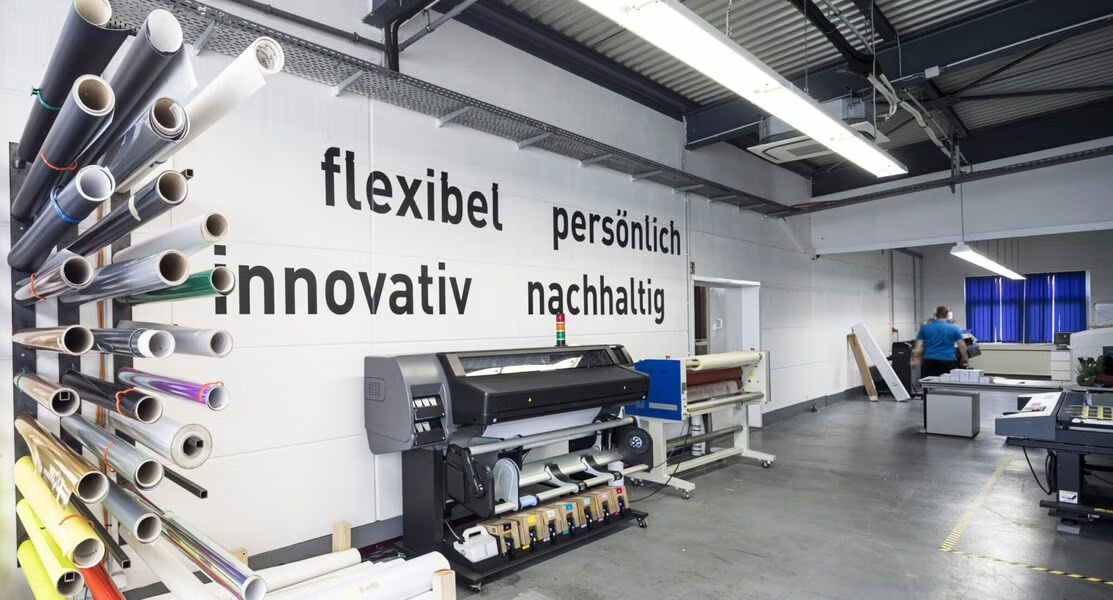Company Snapshot
Company: e-shelter (a division of NTT Group)
Industry: Data Center Operations
Locations: Multiple across Europe
Employees: 1,000+
Use Case: Operator Rounds & Routine Inspections
Tool Replaced: Paper-based forms and isolated digital checklists
Time Savings: ~40% reduction in Operator Round completion time
About NTT Germany, former e-shelter
e-shelter is one of Europe’s most respected data center operators, known for managing mission-critical infrastructure that keeps the world’s digital services online. As a part of the global telecom giant NTT Group, e-shelter is responsible for maintaining an expanding portfolio of high-security data centers across Europe: together representing more than 400,000 square meters of IT space.
In these facilities, precision is everything. Preventive maintenance and reliability are part of the culture, not just compliance. That’s why operator rounds (routine walkthroughs that ensure everything from fire protection systems to backup generators are functioning as expected) have long been central to e-shelter’s operations. These checks happen daily, weekly, and monthly, and are fundamental to minimizing risk.
But as the company scaled its operations, it began facing a familiar challenge: how do you keep routine inspections consistent, traceable, and efficient when your teams grow and your buildings multiply?

The Challenge: Scaling Operator Rounds Without Losing Structure
For years, operator rounds at e-shelter were handled through printed checklists. Technicians carried clipboards as they moved through the site, logging checks by hand and reporting issues as needed. The system worked, until it didn’t.
As facilities grew more complex and the number of operators increased, so did the risk of overlapping tasks, lost records, and missed follow-ups. Different shifts sometimes inspected the same area unknowingly. Communication was largely verbal. Findings were scattered across paper forms and Excel files. And training new employees became time-consuming, often requiring weeks of shadowing to learn the layout and procedures.
One senior technician described the frustration this way: “You’d come in on your shift and have no real idea what had already been done. You didn’t know who had checked what, or if anything was flagged. So you’d start from scratch, just to be safe. We all did it.”
This redundancy wasn’t just inefficient. It was risky. In one instance, two separate teams flagged the same anomaly during their rounds, but because the observations were stored in different places, no action was taken for weeks. It was a wake-up call.
“The issue wasn’t that people weren’t doing their jobs,” said a site manager. “The issue was that we didn’t have a system to connect the dots.”
Searching for a Smarter Approach
Realizing that paper-based inspections were no longer sustainable, e-shelter began exploring digital solutions. But most of what they found felt too generic: simple checklist apps that didn’t reflect the pace and precision their environment demanded.
What they needed wasn’t just digitization. They needed coordination, visibility, and control. A tool that would support real operations without slowing them down.
That’s when they discovered flowdit, a mobile-first inspection platform developed by reinstil GmbH. Unlike the apps they had tested before, flowdit wasn’t built to replace paper. It was built to enhance the process behind it: with interval logic, escalation paths, real-time tracking, and intuitive design for technicians in the field.
“We didn’t want a pretty checklist,” said one of the project leads. “We wanted a system that actually fits the way our rounds happen in real life.”

Implementing flowdit: Rethinking Rounds from the Ground Up
The rollout started with one location. The team began by mapping out each inspection point and assigning it a QR code. These codes were then physically attached to the corresponding objects on site, everything from safety doors to cooling systems.
Each operator round was translated into a digital template within flowdit, with specific intervals assigned to each checklist. A weekly round would become visible in the app at the start of the week and close automatically once completed. No manual tracking. No ambiguity.
Technicians used the app on their mobile devices. At the beginning of their shift, they could see a real-time overview of what had already been completed and what still needed to be done. As they worked through the round, they scanned QR codes to confirm their location, checked off tasks, documented findings, and added photos or comments directly in the app.
When issues were found, they could be escalated on the spot- no phone calls, emails, or sticky notes. The right people were notified immediately, and follow-ups were tracked through the same system.
“It was a different experience,” said Lukas, one of the senior technicians involved in the pilot. “The app didn’t just give you tasks, it gave you context. You weren’t guessing. You were moving with purpose.”
Do you also want to digitze operator rounds like eshelter/NTT?




